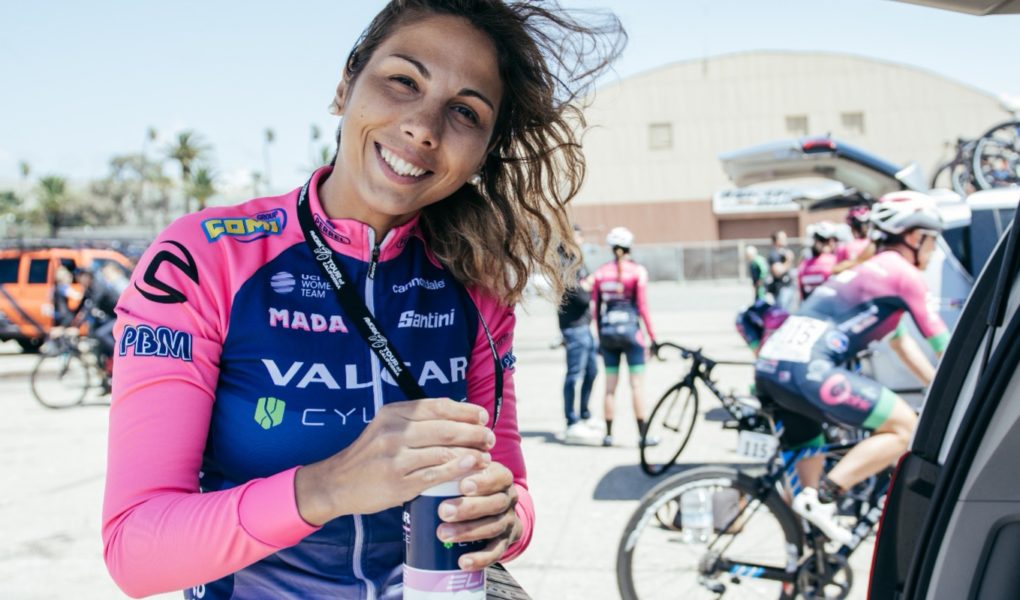
Massages and Cycling: needs or vice?
In cycling, and more generally during sports, we are prone to accumulate toxins and muscle stiffness. Depending on the activity performed, we subject our muscles to different functional demands, more or less violent and lasting efforts, but all inevitably translate into problems for the body.
Our body, despite having the ability to restore the optimal conditions of its tissues, needs external help, particularly in the most committed athletes, where the rate of activity imposed by the training programs cannot always give the right time to the muscles to restore your optimal condition.
So we met Elisabetta Girardi, masseuse of the Valcar-Cylance Team, an Italian team engaged in the UCI Women World Tour calendar, to have a more complete overview of the topic of cycling massages.
How did you get into the cycling world?
The world of cycling has always accompanied and accompanied my life. I started pedaling at a very young age and at the age of 6 I took part in my first competitive race up to the age of 18. It is a passion transmitted by my father, who in turn has also transmitted to my brothers.
Sports massages: need or vice for the cyclist?
Sports massages are absolutely necessary for the cyclist. Before the bike the legs are the real vehicle!
Why is sports massage useful to the cyclist?
The massage has several beneficial properties on the cyclist: it reduces muscular tensions, stimulates local microcirculation, has a draining effect combined with an accelerated removal of lactic acid and metabolic waste produced during sports activity, decongests and relaxes the tissues with consequent healing from muscle contractures, prevents injuries (strains, muscle sprains …) and, another factor not to be underestimated, at a plasma level leads to a decrease in cortisol and serotonin with consequent reduction in the state of anxiety which is then associated with a increase in endorphins that inhibit pain sensation (+ endorphins means – pain).
How often should a sports massage be performed? Are there specific moments of the day when it has to be done?
Ideally, a sports massage should be done a couple of times a week, there are no specific moments during the day but possibly far from meals.
Together with the girls from Valcar-Cylance you are back from the Giro Rosa. How is a massage therapist’s day during a stage race?
The masseur has different tasks to perform: wake up early in the morning to better organize the breakfast of the athletes, prepare water bottles, before the race for those who need a quick massage, during the race the masseur takes care of the supplies and at the end it takes care of the athletes preparing a small meal for them (ranging from rice to fruit or Yogurt). Back at the hotel before dinner, it’s time for massages.
More generally, do massages change between a day trip and a stage race?
The massage is performed with the same maneuvers and the same pressure (which must never be exaggerated the day before a competition) both for the one-day competitions and for a stage race, with the difference that in the second case stage after stage the musculature will surely be more tired and therefore a decongestant effect must be guaranteed even more to accelerate the recovery for the following day.
What are the pathologies you find most in cyclists who undergo a massage?
The major pathologies certainly concern legs and even back, which present tension and muscular contractions.
Which Bend36 creams can be supplemented with a massage? How do they integrate?
During a massage you can very well integrate the Pro Endurance Gel for the pre-race massage. The Light Legs, on the other hand, is perfect for the massage after the race in stage or non-stage laps.
The Toning Gel instead can be integrated both in the pre and in the post.


